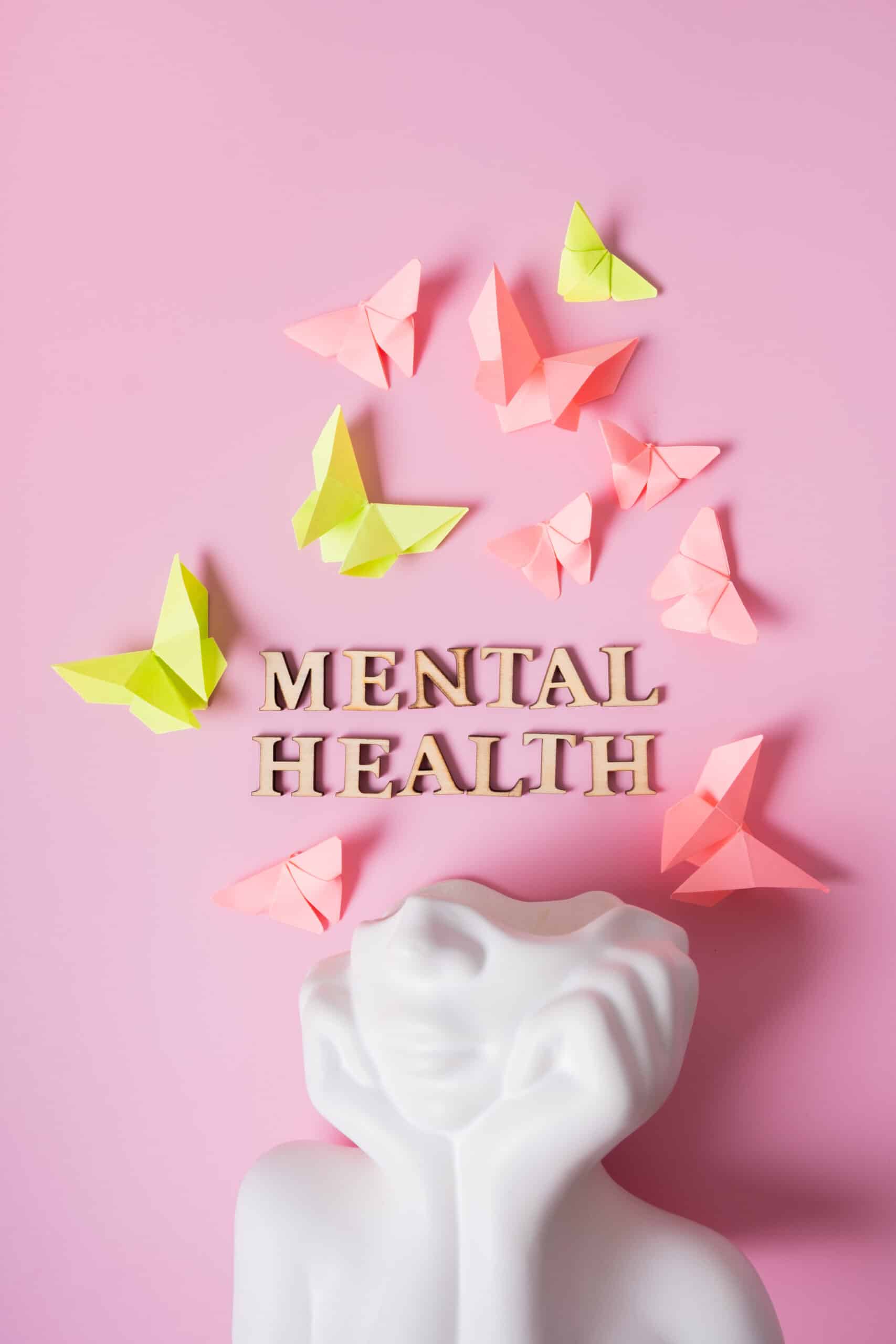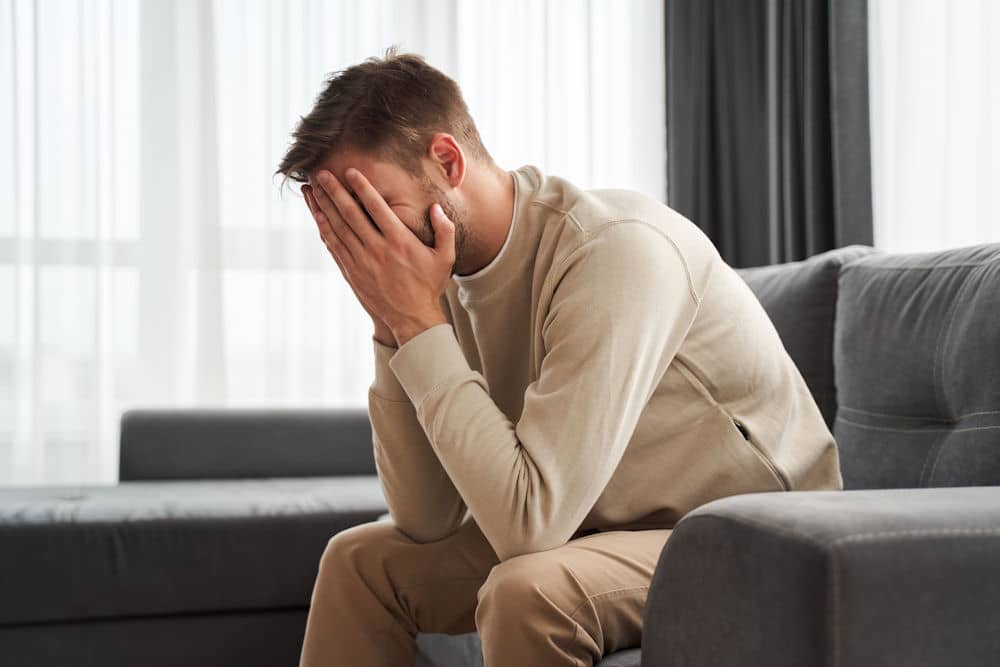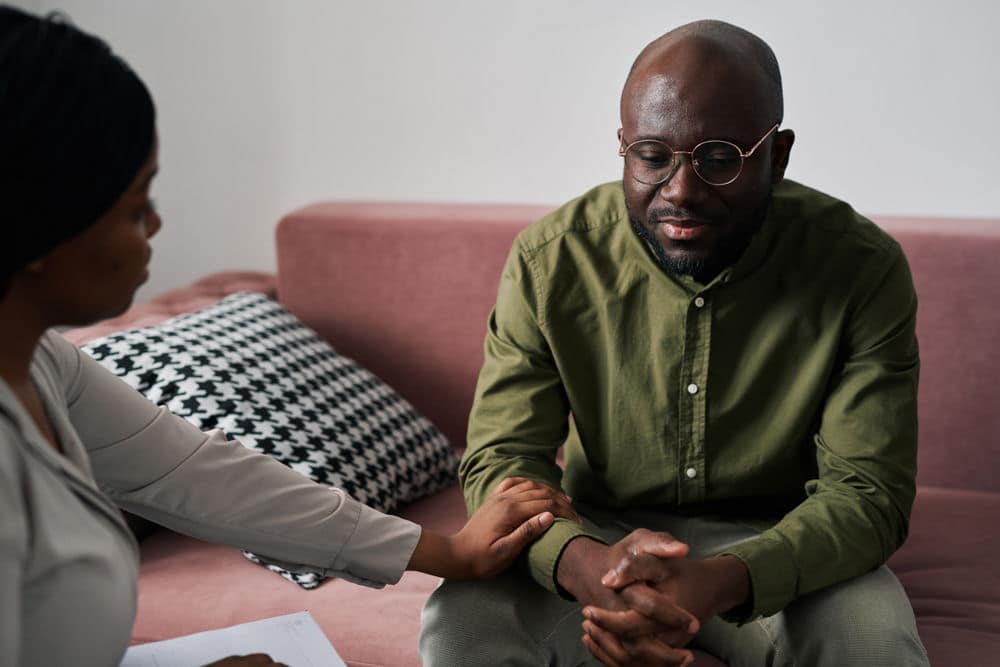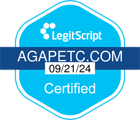How to Safely Minimize Opioid Detox
Opioid addiction can take place quickly, and the associated symptoms can be extremely severe. Some of the more common symptoms associated with opioid addiction include:
- An inability to quit or cut back on opioid use despite repeated attempts to do so.
- The accumulation of personal consequences that directly result from opioid use.
- In the case of prescription painkillers like oxycodone or hydrocodone, attempting to obtain more than one prescription at a time by visiting numerous doctors in a short period, or raiding the medicine cabinets of friends and family members.
- In the case of heroin, track marks and bruising on the inner arms and increased need for privacy.
- Isolation from close friends and family members.
- Disinterest in activities and hobbies that were previously enjoyed.
- Intense psychological cravings for opioids.
- Noticeable changes in sleep patterns.
- Increased drowsiness and fatigue, coupled with “nodding out,” which essentially means that an individual is repeatedly moving in and out of consciousness.
- Decreased libido/lack of a sex drive or lack of a desire to be intimate.
- Significant financial or legal issues.
- A lack of attention paid to personal hygiene.
- Stealing money or medication from friends and family members.
- The development of physical tolerance, meaning that more opioids will be required for the desired results to be produced.
- Withdrawal symptoms, which occur as soon as opioid use is stopped.
The withdrawal symptoms that are associated with opioid withdrawal are very physically and psychologically uncomfortable. They include intense cravings, which very often lead an individual back to using his or her drug of choice before the detox process has come to a close. For this reason, entering into a medically monitored detox facility is always necessary. At Agape Treatment Center, we utilize a range of proven and safe medications that will be prescribed to help treat the symptoms of opioid withdrawal.
Medication Used for Opioid Withdrawal
What medications do doctors typically prescribe to treat the symptoms associated with opioid withdrawal? Some of the medications that are most commonly prescribed include buprenorphine, naltrexone, and methadone. These medications help reduce the physical symptoms of withdrawal while effectively eliminating the psychological cravings that all too often lead to relapse.
More on buprenorphine: Buprenorphine is prescribed by medical professionals to be taken in an at-home setting or to be taken in a medical detox facility or an inpatient treatment center. This is the medication that we most commonly prescribed for individuals who have been struggling with severe opioid abuse disorders. This drug is a partial opioid antagonist, and it is safe to use when taken as prescribed – and when taken for a short period.
More on naltrexone: Vivitrol is the most commonly prescribed brand of naltrexone, and it is used to treat opioid addiction and alcohol abuse.
More on methadone: Methadone used to be widely used for the treatment of opioid addiction disorders. However, methadone does have the potential to be habit-forming. We very rarely utilize this specific medication because of its addictive tendencies.
Agape Treatment Center – Opioid Rehab Program
At Agape Treatment Center, we offer a comprehensive and highly individualized program of opioid addiction recovery. We do believe in the clinical benefits associated with some medications (as far as the treatment of opioid withdrawal symptoms is concerned), but we also believe that an integrated model of care is the most effective. That is to say that Medication-Assisted Treatment is never a stand-alone solution, and it must be coupled with an intensive therapeutic program of recovery. If you have been suffering at the hands of opioid addiction and are looking to start living an entirely new way of life, give us a call at any point in time. We look forward to speaking with you soon and doing what we can to get you started on your journey of healing as quickly as possible.


